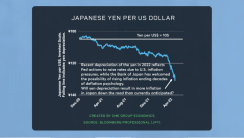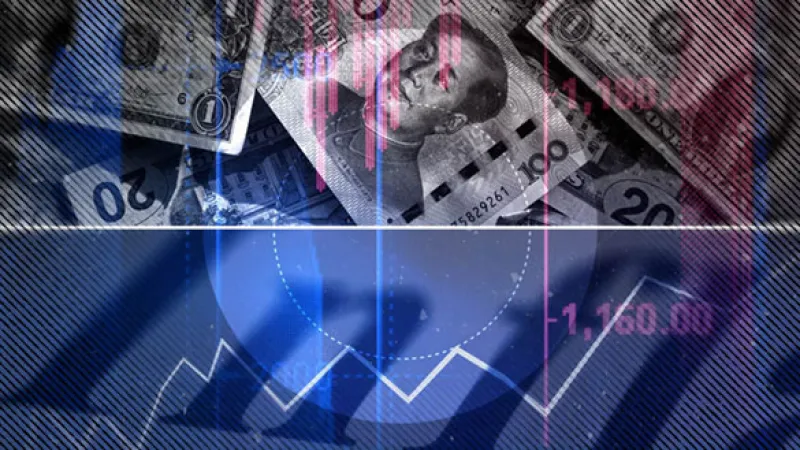By Blu Putnam, CME Group
AT A GLANCE
- Fed rate hikes have lifted the U.S. dollar to a 20-year high against a basket of six currencies, including the euro and yen
- A depreciating euro may make it harder for the European Central Bank to fight inflation
With exchange rates, everything is relative. Currency markets are sending some important warning signals about global growth and inflation coming from movements in the Chinese yuan, the euro and the Japanese yen.
After a long period of stability, recent depreciation in the Chinese yuan is signaling that China’s economy may be slowing more than has been anticipated. COVID-related lockdowns of entire cities have weakened the economy. In addition, export demand for Chinese goods may be decelerating as the U.S. and Europe exit the pandemic and shift consumption patterns back toward services and away from goods.

The message from the depreciation trends in 2022 for the euro and the Japanese yen are more about inflation and not growth. Monetary policy differences are in the spotlight. The Federal Reserve has moved first to raise rates and plans to shrink its balance sheet. The European Central Bank (or ECB) still has negative short-term interest rates, while the Bank of Japan is keeping its whole yield curve under tight control with bond yields not far above zero.

Read more articles like this at OpenMarkets






